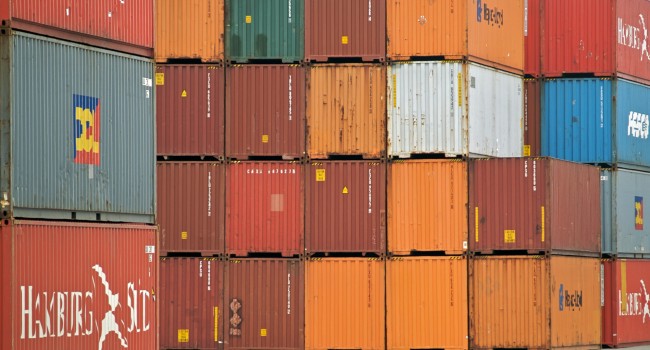To keep materials in circulation for as long as possible, it is just as important for producers to design and produce new products with circular materials as it is to recover parts and recycle or regenerate materials at end-of-use stage. This is “closing the material loop,” and it is a necessary step toward enabling a circular economy.
The share of total recycled materials used is increasing slowly in regions where data is available but needs to be significantly accelerated. For example, the share of recycled materials in the European Union (EU) slowly increased from 8.2% in 2004 to 10.7% in 2010 and 11.5% in 2022.
According to the Organisation for Economic Co-operation and Development (OECD), the use of recycled plastic for making new products increased slowly from 1.5% in 1990 to 6.3% in 2019. That number needs to increase dramatically if the use of virgin materials is to be reduced, although using 100% recycled plastic material in many products is not practical due to quality and degradation limitations.
Recycling metals has been a common practice given their high value. However, significant growth in the total quantity of metals used combined with lagging growth in scrap metal for recycling has led to the share of recycled content for some metals remaining constant or even decreasing. For example, the average share of recycled content in copper was 35% in 2005 and has since fluctuated between 29% and 37%.
For products and materials from biological sources, resources that are sustainably managed should be used. Unfortunately, the use of sustainably produced renewable materials is not adequately monitored.
The reuse of recovered parts and components to make new products or infrastructure is also not being monitored. Prioritizing reuse when possible can close circularity loops more efficiently than recycling. An example of a reused part may be an outer casing of an end-of-use product that can be reused in a new product without significant modification. There is not yet enough data to understand the current levels of reuse and set science-based targets.
Enablers and barriers to using circular materials
Increasing the share of circular materials requires not only the availability of quality materials to reuse or recycle, but also a willingness of producers to use these materials in products. Economic viability, compatibility with available production methods, positive market demand and policy support are key enablers.
For products that are manufactured goods, the use of recycled materials, renewable materials or reused components typically needs to be selected at the design phase. Therefore, it is important to influence the initial product specification to incorporate material circularity and train designers to use circular materials. More data is needed to evaluate these drivers.
Watch a recording of this insightful discussion on how the world can transition from a “take-make-waste” economy to a circular economy – and in the process tackle climate change, protect biodiversity and promote equity.
